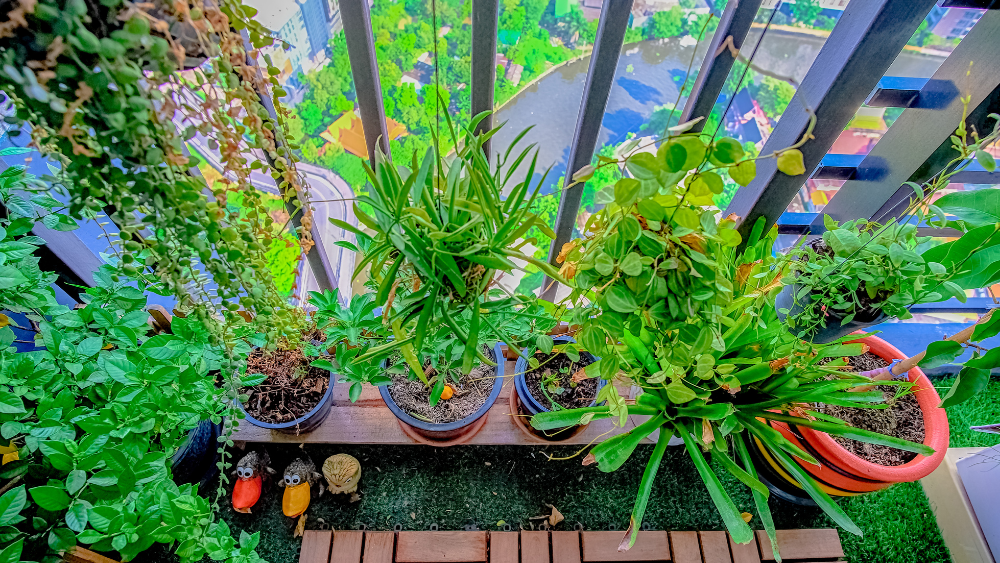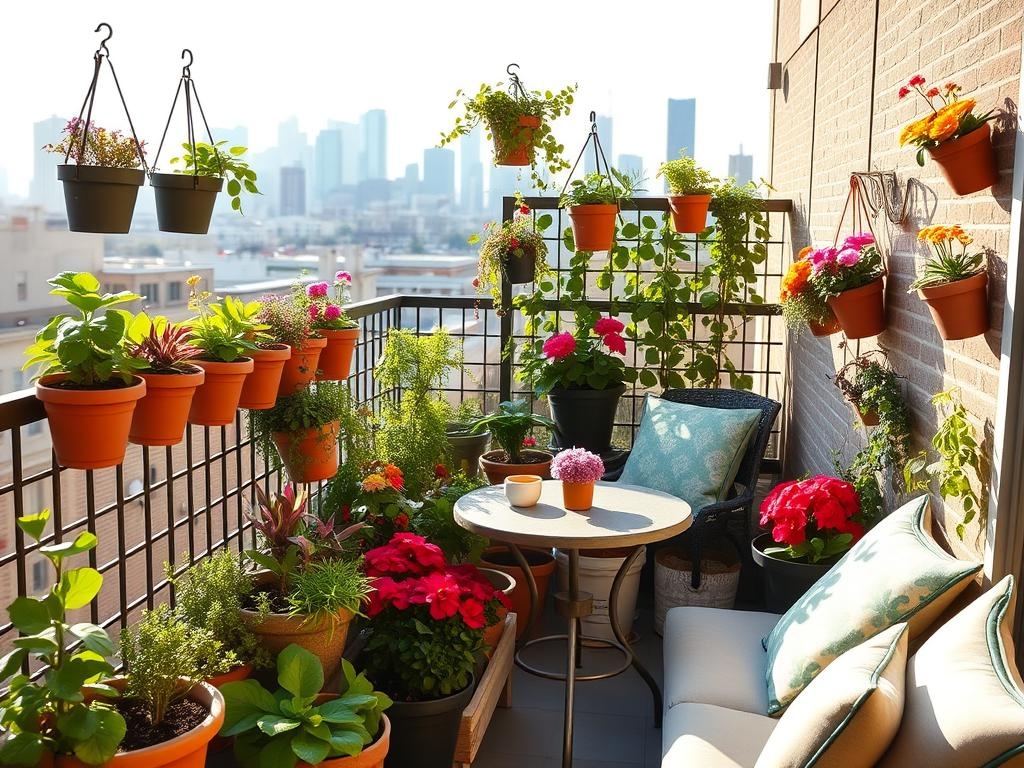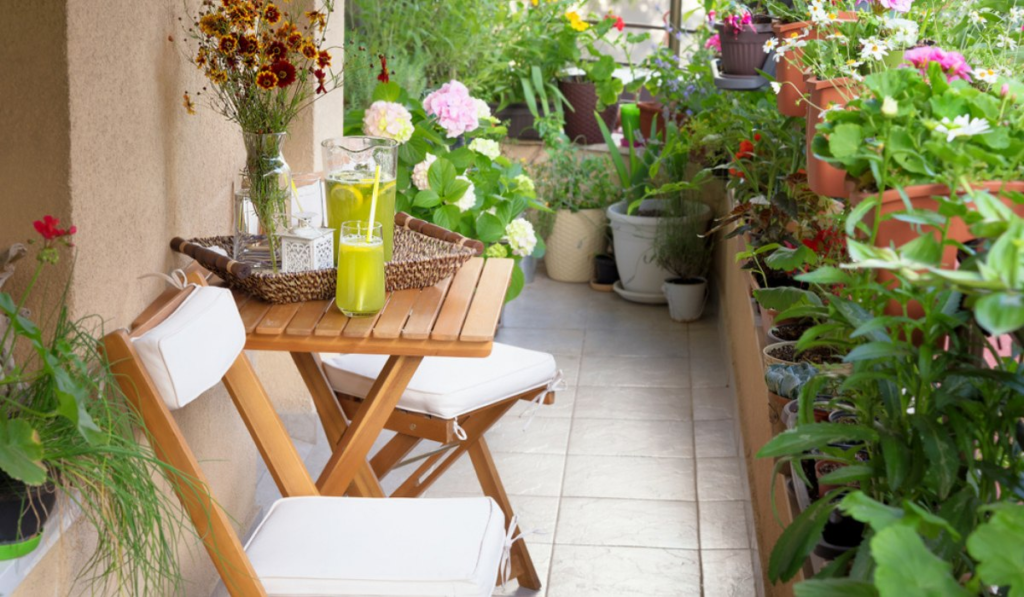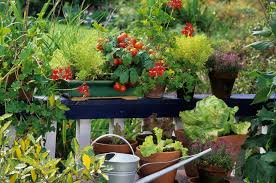City living can make gardening seem out of reach, especially when you’re limited to a small balcony. But with a bit of creativity and planning, you can turn even the smallest outdoor space into a lush, productive garden. Whether you’re growing herbs, vegetables, or fruits, a balcony garden can provide fresh produce and a peaceful retreat from urban life.
Key Considerations for Your Balcony Garden
Before diving into gardening, there are a few practical factors to consider:
- Rules and Regulations: Always check with your landlord or housing association to ensure you’re allowed to plant on your balcony. It’s disappointing to create a beautiful garden only to have it removed.
- Weight Limits: Balconies can’t always support the weight of heavy planters. Choose lightweight pots, such as plastic, instead of heavier materials like stone or terracotta. Position the heaviest containers near walls or over structural supports to minimize strain.
- Wind Protection: Higher balconies often face stronger winds, which can damage plants. Windbreaks, like netting or reed screens, can protect your plants while adding an attractive touch. Alternatively, wind-tolerant plants such as grasses or bamboo can create a natural barrier.
- Light Exposure: Sunlight is crucial for plant growth, so assess how much sunlight your balcony receives throughout the day. Even shaded areas can support crops like leafy greens, spinach, kale, and compact fruits such as strawberries or raspberries.
- Temperature and Exposure: Balconies tend to be cooler than ground level, especially in winter. In addition, the warmth from sun-exposed walls can create a microclimate. Ensure proper drainage in pots to prevent water from freezing during cold weather.
- Watering Needs: In hot weather, your plants may dry out quickly due to sun and wind. Be sure to water regularly, or install a drip irrigation system for convenience.

Creative Ideas for Your Edible Balcony Garden
With limited space, making the most of vertical and hanging areas is key. Here are some creative ideas:
- Vertical Gardening: Utilize walls and railings to grow climbing plants like beans, cucumbers, or peas. You can also mount planters or create a “plant theater” with shelves to display herbs or strawberries.
- Hanging Baskets and Planters: Maximize space by using hanging baskets or suspended planters. These can add beauty and make your balcony feel like a lush, thriving garden, even in a small space.
- Compact Furniture: While adding plants is important, don’t forget to include a small chair or table where you can relax, enjoy the view, or dine outdoors.

Best Plants for Balcony Gardens
Choosing the right plants is essential for success:
- Herbs: Hardy herbs like rosemary, lavender, and thyme thrive in exposed conditions and don’t require much space. They can be harvested year-round, providing fresh flavors for cooking.
- Edible Crops: Grow vegetables in containers, such as salad greens, cherry tomatoes, and miniature varieties of squash, beets, or carrots. Opt for fast-growing crops to enjoy multiple harvests throughout the year.
- Flowers and Pollinators: Include flowers in your garden to attract beneficial insects, which will help with pollination and pest control.

A balcony garden is more than just a place to grow food; it can be your own peaceful escape amidst the hustle of city life. With careful planning and a bit of ingenuity, you can turn your balcony into a thriving, edible oasis that’s both functional and beautiful.
